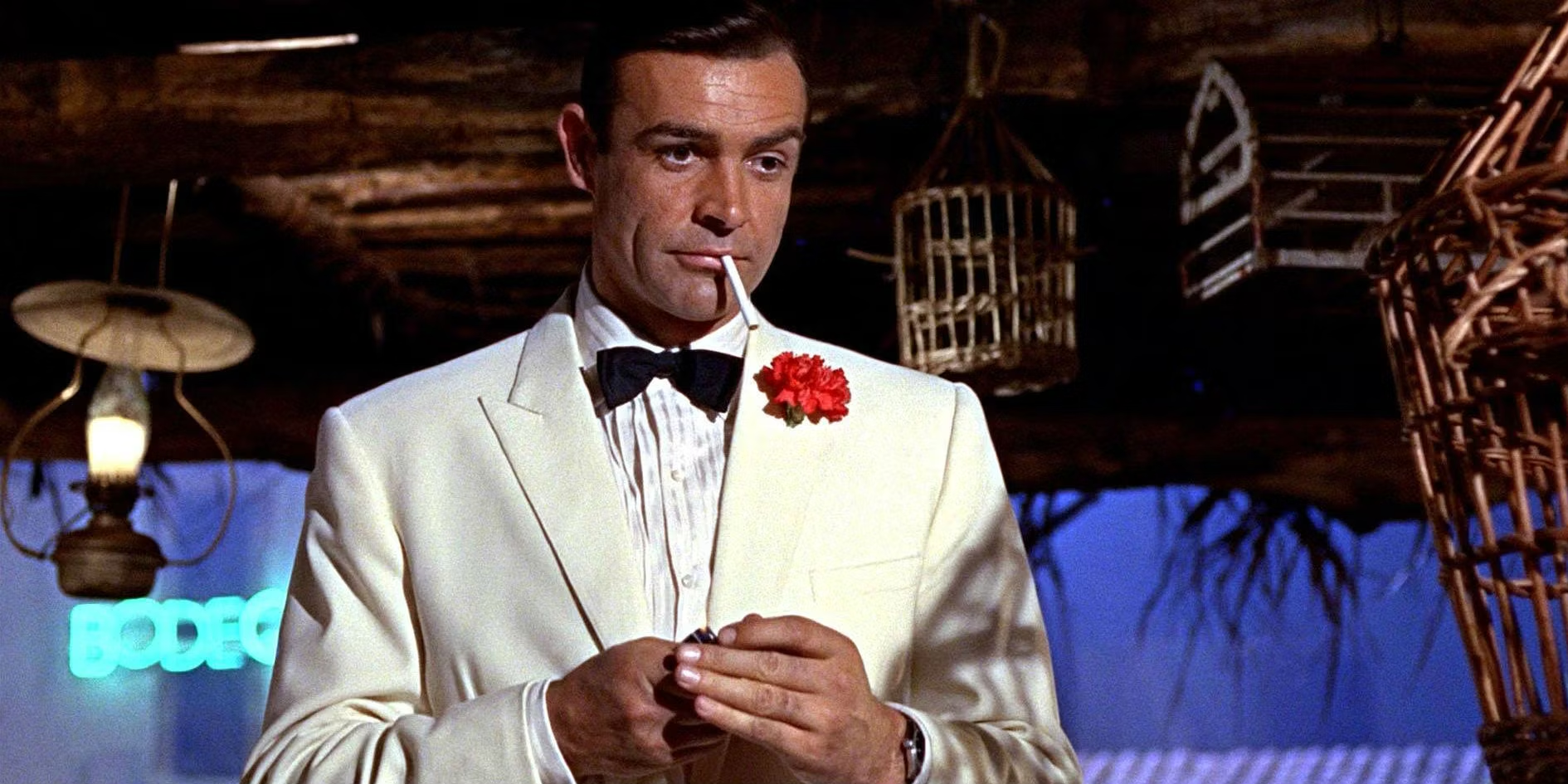Emotions at Stake: The Legacy of Sean Connery and the Role of James Bond
Sean Connery’s portrayal of James Bond catapulted him into cinematic immortality, but the journey to finding the perfect 007 was far from straightforward. As Connery quickly became synonymous with the iconic spy, producers faced the daunting task of selecting the right actor to embody the character’s charm, wit, and intrigue.
From the outset, Connery’s magnetic presence and rugged charisma captured the essence of Ian Fleming’s suave secret agent. His portrayal in “Dr. No” set the benchmark for future Bond actors, defining the character for generations to come. Yet, behind the scenes, decision-makers explored a plethora of Hollywood icons for the coveted role.
The search for Bond extended beyond mere acting prowess; it delved into the realm of cultural impact and audience perception. Each contender brought their own interpretation to the table, promising to breathe new life into Fleming’s creation. The debate stirred emotions among fans and industry insiders alike, reflecting the high stakes involved in casting such an iconic role.
Ultimately, Sean Connery’s magnetic portrayal solidified his place in cinematic history. His Bond was not just a character but a cultural touchstone, influencing fashion, language, and the very definition of espionage chic. The path to selecting Connery underscored the delicate balance between star power and character authenticity, revealing the enduring influence of a single role on the landscape of popular culture.
In hindsight, Connery’s rapid ascent to Bond stardom remains a testament to the alchemy of casting—a perfect fusion of actor and character that continues to captivate audiences worldwide. As the legacy of Sean Connery and James Bond endures, it serves as a reminder of the enduring power of film to evoke emotions, stir imaginations, and shape our collective cultural consciousness.
